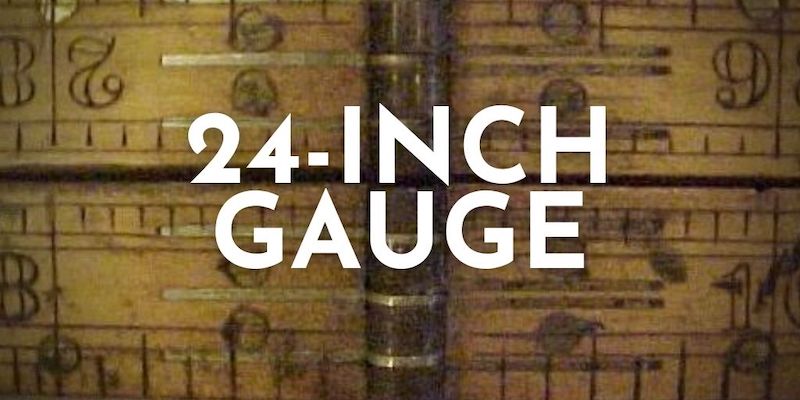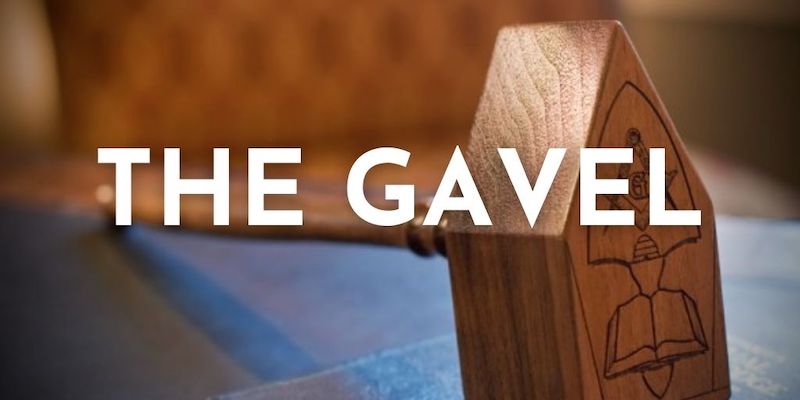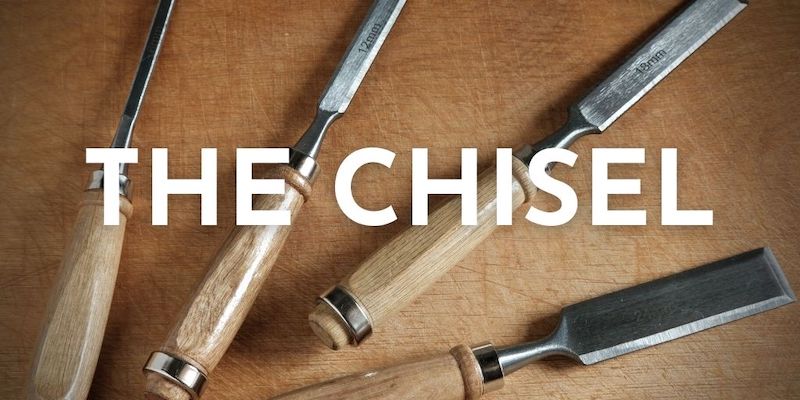Freemasonry is an ancient and secretive organization that has existed for centuries.
It is based on the principles of brotherhood, charity, and truth, and its members seek to improve themselves and their communities through the practice of virtue and the pursuit of knowledge.
One of the central tenets of Freemasonry is the use of symbols and rituals to convey important moral and ethical lessons.
The Entered Apprentice is the first of the three main degrees in Freemasonry, and it is during this step that new members learn about the fundamental principles of Freemasonry.
One of the key elements of the Entered Apprentice degree is the use of “working tools”, which are symbolic instruments that represent important concepts and values.
There are three working tools of an Entered Apprentice: the 24-inch gauge, the common gavel, and the chisel.

The 24-inch Gauge

The 24-inch gauge is a measuring instrument that symbolizes the importance of time management and the balance between the demands of work, rest, and refreshment.
It reminds the Entered Apprentice to divide his time wisely among his duties to God, his neighbor, and himself.
The 24-inch gauge is a reminder that time is a precious resource, and that it must be used wisely and with purpose.
The Entered Apprentice is taught to use his time in pursuit of virtue and knowledge and to make the most of every moment.
The Gavel

The common gavel is a tool used by stonemasons to break off the rough and superfluous parts of a stone, leaving only that which is essential and useful.
In Freemasonry, it symbolizes the need for self-discipline and the removal of vices and imperfections from one’s character, leaving only that which is virtuous and valuable.
The common gavel is a reminder that every person is a work in progress, and that the process of self-improvement is ongoing.
The Entered Apprentice is taught to examine himself carefully and to identify his flaws so that he may work to eliminate them and become a better person.
The Chisel

A chisel is also a tool used by stonemasons to cut and shape stone.
In Freemasonry, it represents the importance of education and self-improvement, as well as the need to shape and refine one’s character through the acquisition of knowledge and the practice of virtue.
The chisel symbolizes the transformative power of learning and growth, and it represents the lifelong pursuit of wisdom and understanding.
The Entered Apprentice is taught to seek out knowledge and to use it to improve himself and his community.
How Does One Become an Entered Apprentice in Freemasonry?
To become an Entered Apprentice in Freemasonry, one must first express an interest in joining the organization.
Freemasonry is a fraternity that values honesty, integrity, and good character, and potential members are typically asked to provide information about themselves and their backgrounds. This is usually referred to as a “Masonic Investigation“.
Once a potential candidate has expressed interest, they must be recommended by a member in good standing, and they will typically be interviewed by members of the lodge to ensure that they meet the basic qualifications and understand the principles of Freemasonry.
Assuming the candidate is approved, they will then go through a series of initiation ceremonies known as degrees.
The first degree is that of Entered Apprentice, which introduces the candidate to the basic principles and symbols of the organization, and of course, the working tools discussed above.
During the initiation ceremony, the candidate will be required to take oaths and promises of secrecy, loyalty, and adherence to the principles of the organization.
The Entered Apprentice degree is typically followed by the Fellowcraft degree and the Master Mason degree, which further deepen the candidate’s understanding of the principles and symbols of Freemasonry.
Each degree is marked by a series of ceremonies designed to convey important lessons and values as well as give the receiver more rights and privileges in the Lodge, such as being able to become an officer of the Lodge.
It is important to note that not all candidates who express interest in joining Freemasonry are accepted. The organization values high character and integrity, and candidates who do not meet these standards may be rejected.
Additionally, Freemasonry is a male-only organization in many countries, although some jurisdictions now admit both men and women.
The working tools of an Entered Apprentice in Freemasonry are powerful symbols representing important principles and values.
They are reminders that every person is a work in progress, and that the pursuit of self-improvement is a lifelong journey.
The 24-inch gauge reminds the Entered Apprentice to use his time wisely, the common gavel reminds him to eliminate his vices and imperfections, and the chisel reminds him to seek out knowledge and to use it to improve himself and his world.
Through the use of these working tools, the Entered Apprentice learns to become a better person and a better member of his community and to contribute to the greater good of all.